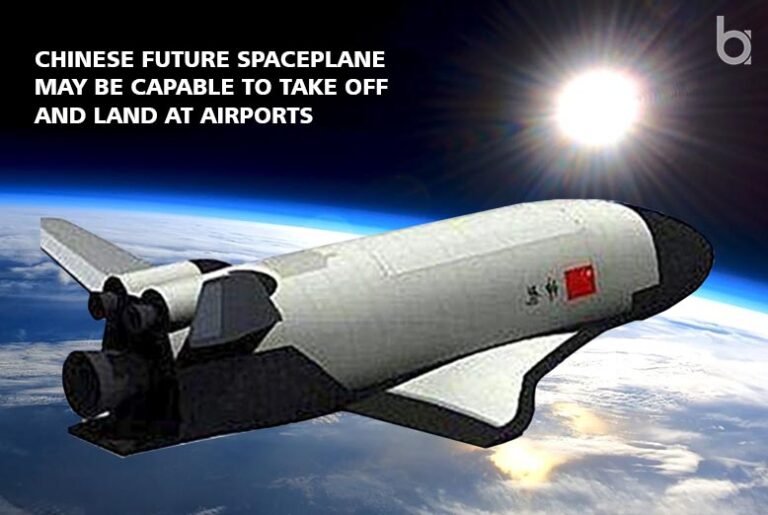Key Highlights:
- According to a Chinese military publication, China’s future spaceplanes may launch without the need for rocket engines.
- Tengyun, a spaceplane with a horizontal take-off and horizontal landing (HTHL) mechanism, is being developed by China.
- The robotic arm would not be deployed as a weapon since doing so would have serious ramifications.
Future spaceplanes may operate from airports
According to a Chinese military publication, China’s space travel technology may have evolved beyond that of the United States, since it can currently launch spaceplanes without the need for rocket engines.
It implies that spaceplanes will no longer require launch sites and will be able to take off and land at airports, a cost-cutting move that has heightened fears about the militarization of space.
Tengyun, a spaceplane with a horizontal take-off and horizontal landing HTHL mechanism, is being developed by China. According to the military journal Naval and Merchant Ships, this provides it an edge over the US version, the X-37B Orbital Test Vehicle (OTV), which is rocket-launched.
Developing reusable transit technologies between Earth and space
On December 12, a video clip of the magazine’s editors debating US hegemony in space and the Tengyun spaceplane project was released to the magazine’s Chinese social media accounts.
“Chinese spaceplane technology was inspired by the US X-37B, but the American OTV still requires rocket launch, whereas China has finally removed this barrier,” magazine editor-in-chief Su Ming explained.
He was referring to a Tengyun test flight conducted in July by its creator, the state-owned China Aerospace Science and Technology Corporation (CASC). Instead of a rocket, it was propelled into suborbital space by a mother ship.
“The successful HTHL test indicates that future Chinese aerospace aircraft would be able to take off from any airport in the country,” Su added. “This indicates that future spacecraft flights may increase from 30 times per year to more than 1,000 [per year] — more like normal planes.”
The CASC unveiled the Tengyun civilian aerospace project in 2016, with the goal of developing a cost-effective reusable space transport system based on the American OTV. In July of this year, it announced the HTHL system, calling it a “strong basis” for developing reusable transit technologies between Earth and space.
The world’s three space powers, the United States, China, and Russia are racing to create space munitions and technologies, including anti-satellite weapons and hypersonic missiles. The competition has escalated with the establishment of the US Space Force during the Donald Trump administration, with the goal of catching up to China and Russia in the development of powerful hypersonic weapons.
Not to be used as a weapon
According to Zhou Chenming, a researcher at Beijing’s Yuan Wang military science and technology department, the robotic arm would not be deployed as a weapon since doing so would have serious ramifications.
He stated that China’s long-term commercial aims for reusable spacecraft included lowering the cost of commercial satellite operations. “These initiatives might be utilized to expand telecommunications for remote rural regions as well as to explore new markets in developing nations,” Zhou explained.
Russia is also working on a reusable spaceplane, the country’s first such project since the ill-fated Soviet space shuttle Buran, which had one test flight before being canceled in the 1980s. India, which is also developing anti-satellite weapons, is collaborating with Russia on a space travel program that aims to send a three-person crew into orbit for seven days by 2023.
Read more: Outer Space discoveries!



